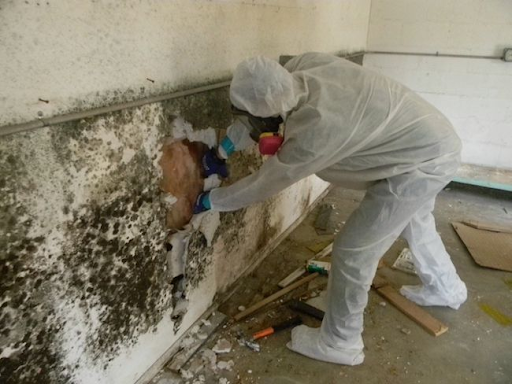Air quality inside our homes and workplaces affects every breath we take. Most people don’t think about the invisible threats in their air, but for buildings constructed before the 1980s, asbestos could be lurking. It may be tucked away in insulation, floor tiles, or textured ceilings—quiet and undetected. However, when disturbed, it becomes airborne and dangerous. That’s where the importance of asbestos removal comes into play. The health implications are real, and so is the impact on indoor air quality.
Invisible Contaminants and Lingering Risks
Before asbestos is ever removed, it exists quietly. It’s fire-resistant, durable, and was widely used in building materials. But as it ages or gets damaged, its microscopic fibers can escape into the air. These particles don’t just vanish—they linger, float, and get inhaled. This invisible presence turns a safe environment into a risky one. Poor indoor air isn’t just about dust and pollen; it’s often about what you can’t see or smell.
The Role of Asbestos Removal in Air Quality Protection
Asbestos removal is the process of safely identifying, containing, and eliminating materials that contain asbestos fibers. This step is essential because asbestos, once disturbed, becomes airborne and can infiltrate ventilation systems, carpets, and even clothing. By removing it properly, experts restore balance to the indoor environment. Clean-up crews use specialized tools and containment zones to ensure that no fiber escapes into occupied spaces. Without proper asbestos removal, any renovation or damage could release more of these harmful particles into the air, silently endangering those inside.
Health Consequences Linked to Asbestos Exposure
The health risks associated with asbestos exposure are severe and long-term. Inhaling its fibers can lead to illnesses like asbestosis, lung cancer, and mesothelioma. These diseases don’t appear overnight—they develop silently over years. That’s what makes them particularly dangerous. Children, the elderly, and anyone with existing respiratory conditions are even more vulnerable. Once the fibers lodge deep into the lungs, the body has little defense against them. This is why even brief exposure can be risky, and why proper asbestos removal is critical to preventing future health crises.
Post-Removal Air Quality Testing Ensures Safety After Asbestos Removal
After asbestos removal is completed, the job isn’t over. Testing the air quality is a vital follow-up step. Specialists use high-efficiency air sampling devices to detect any remaining fibers in the air. If levels are still high, the area is cleaned again. This step guarantees the safety of everyone who will re-enter the space. Without this final check, lingering fibers might still pose a threat.
Clean Air Creates Safer Living and Working Spaces
Breathing clean air indoors isn’t just a comfort—it’s a necessity. Removing hidden dangers like asbestos is a powerful way to make spaces healthier. Whether it’s a home, a school, or an office, every indoor environment deserves to be free of silent threats. Safe air contributes to mental clarity, physical wellness, and peace of mind.
Conclusion
Asbestos removal is more than a construction task—it’s a health safeguard. From improving air quality to preventing life-threatening diseases, its role cannot be overstated. With trained professionals, proper protocols, and diligent post-cleanup testing, this process restores indoor spaces to what they should always be—safe.

